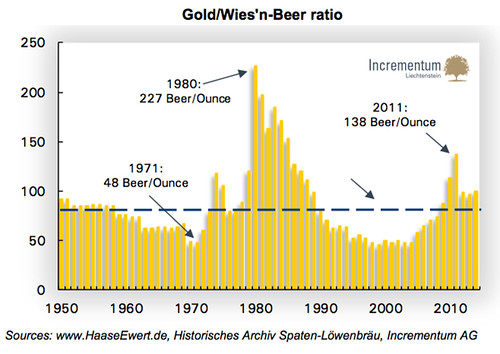Bill St. John has written his final column on wine for the Chicago Tribune. And, it's a doozy. In a valediction, he distills (wrong verb?) his experiences and what he's gained from them. Beer-makers and beer-drinkers and beer 'experts' and, ahem, beer-writers might see their reflections.
The most important thing that I learned is that wine is no big deal, that it's a part of the everyday life of millions of people — a condiment on their table, equal to salt or salsa.— Chicago Tribune
By and large, we take wine and especially winemaking way too seriously. We've made of winemakers what we've made of chefs — superstars and entertainers. As Julia Child once told me, "We've let cooking get in the way of our food." We've let winemaking and so much folderol about wine — buying, storing, collecting and bloviating — get in the way of our wine.
I've learned that too many winemakers — American, French, Italian, it doesn't matter — can't keep their egos out of the bottle. They tinker with it, putting their stamp on it — too much wood, say, or a lot of phenolic extraction — because they want to make a statement with their wine about their prowess, such as it is.
Contrariwise, I've also learned that the best wines, the great wines of the world, speak of their place of origin. They have what wine writer Matt Kramer calls "somewhereness."
I've learned that, all over the globe (and in many new wild and woolly winemaking places), grape growers and winemakers have learned, to great effect, new ways of growing in the vineyard and working in the cellar. More good wine flows today than has ever before in our history as drinkers of it.
I've learned that wine is less an alcoholic beverage and more a food, and that its proper, perhaps indispensable, place is at the table with other foods. Even a little bit of it enhances a meal in a manner disproportionate to its volume.
21 July 2015.
-----more-----


































